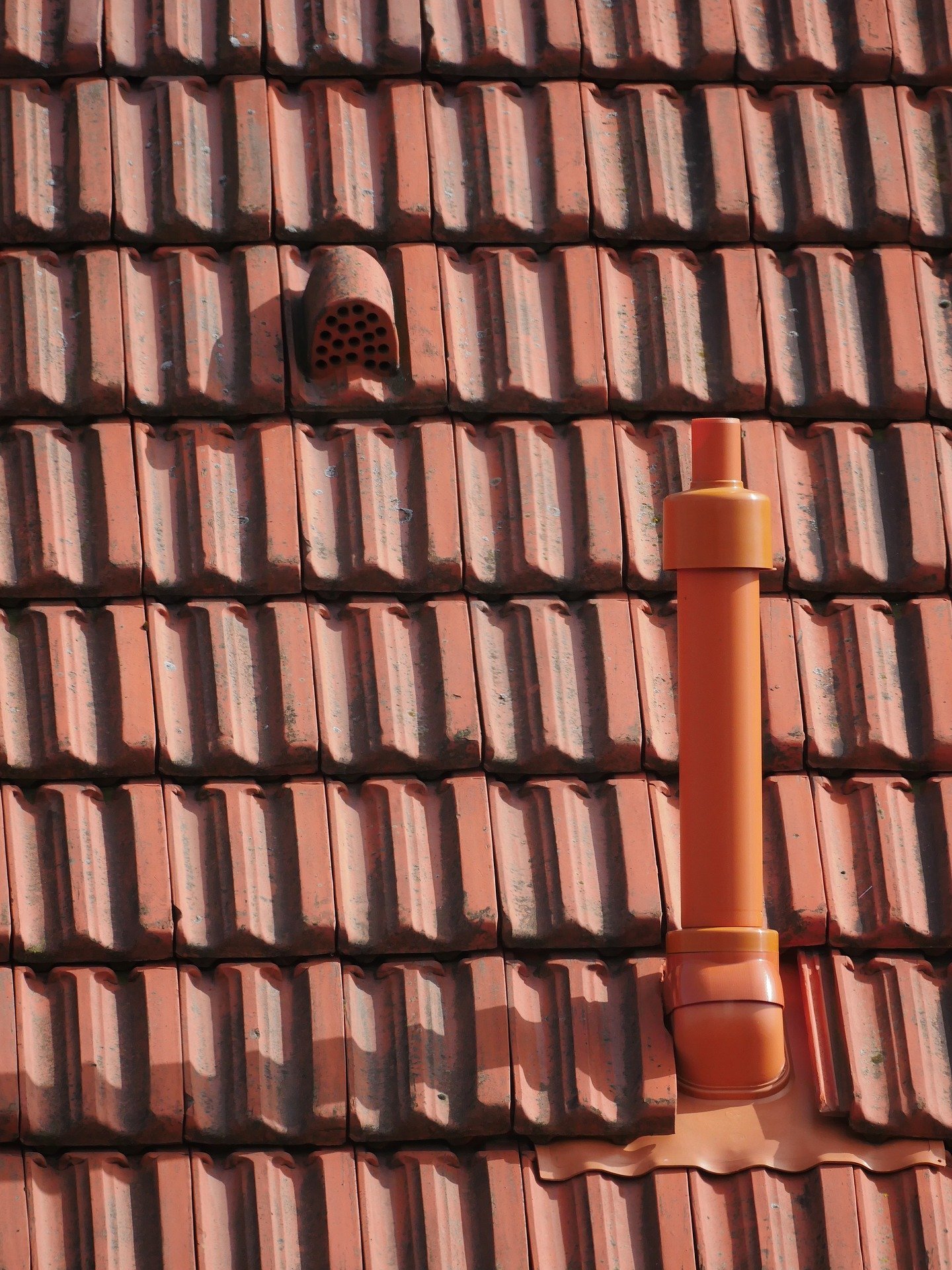What is a rooftop vent pipe? Much like sewage pipes, a vent pipe regulates air pressure in plumbing pipes and allows sewer gases to escape to the outside mostly via your roof. In addition to letting sewer gases escape, a vent pipe also allows oxygen to break down the sewage aerobically in the waste pipes. It’s very important for a vent pipes to work properly in order to maintain proper air qualities throughout the house. Similarly, it’s vital to ensure the plumbing vent on your roof is working properly and not damaged.
Normally how plumbing pipes works is when water moves through the pipe, positive pressure is created by the compression of air ahead of the water. The positive pressure is released with the negative pressure, which sucks water out of the pipe’s trap (or bend/loop near the plumbing fixture).
Sign 1: Is Your Drain Leaking?
Are any of the drains in your house leaking wastewater? This is a sure sign that either your rooftop vent pipe is damaged or there is a blockage in your plumbing pipes. A leaking drain occurs when the positive pressure isn’t properly released in your pipes and is pushed back on the water, and thus a back-up of wastewater through your drain. If you find that your drain is leaking, check your rooftop vent pipe for blockages or damaged parts. Extra tip: another sign of a clogged drain is a gurgling sound in your sink, toilet, or bathtub.
Sign 2: Rainwater Leaking into Attic
As we’ve covered in our previous blog posts, there are a variety of causes to why rainwater is leaking into your attic. To determine if your attic leak is a result of your vent system, check the area in your attic around where your rooftop vent pipe is placed. Is your vent’s foam insulation wet? If the vent pipe outside your house has been moved by heavy winds or large tree branches, the collar piece holding your vent in place could have been damaged and allowed water to soak your foam insulation and enter your attic. If you can see from your attic that the leak is coming from your rooftop vent pipe, it’s important to have a professional repair to prevent further damage to your roof.
Sign 3: Does Your House Smell Like Sewer?
If you smell sewer gases throughout your house, there’s likely a serious blockage in your pipes or that something is blocking your rooftop vent pipe. While a sewer gas backup may not immediately hurt you, it can create an unsanitary environment and be hazardous to your health. Contact a professional who can properly check your plumbing and rooftop vent pipe for blockages or damage.
Sign 4: Visible Debris Around Rooftop Vent
Have you already noticed in your house any of the signs on this list? Go outside and look at your roof: is there visible debris settled around your rooftop vent? This could be a sign that the debris is visibly clogging your roof vent. There are a variety of objects that can block or clog a roof vent including: leaves, branches, bird nests, dead animals, trash, or dislodged shingles. If you are unable to reach your rooftop vent without putting yourself in a dangerous situation, contact a roofing professional to clear your vent properly.
Contact Exterior Remodel & Design
Is your house showing any of the four signs above? Contact Exterior Remodel & Design for professional roofing repair. If you have a plumbing or non-roofing question, we can provide you the answers you need. Call us at (402) 861-0000 before noon for a free same-day estimate. Or you can contact us via our contact form.

